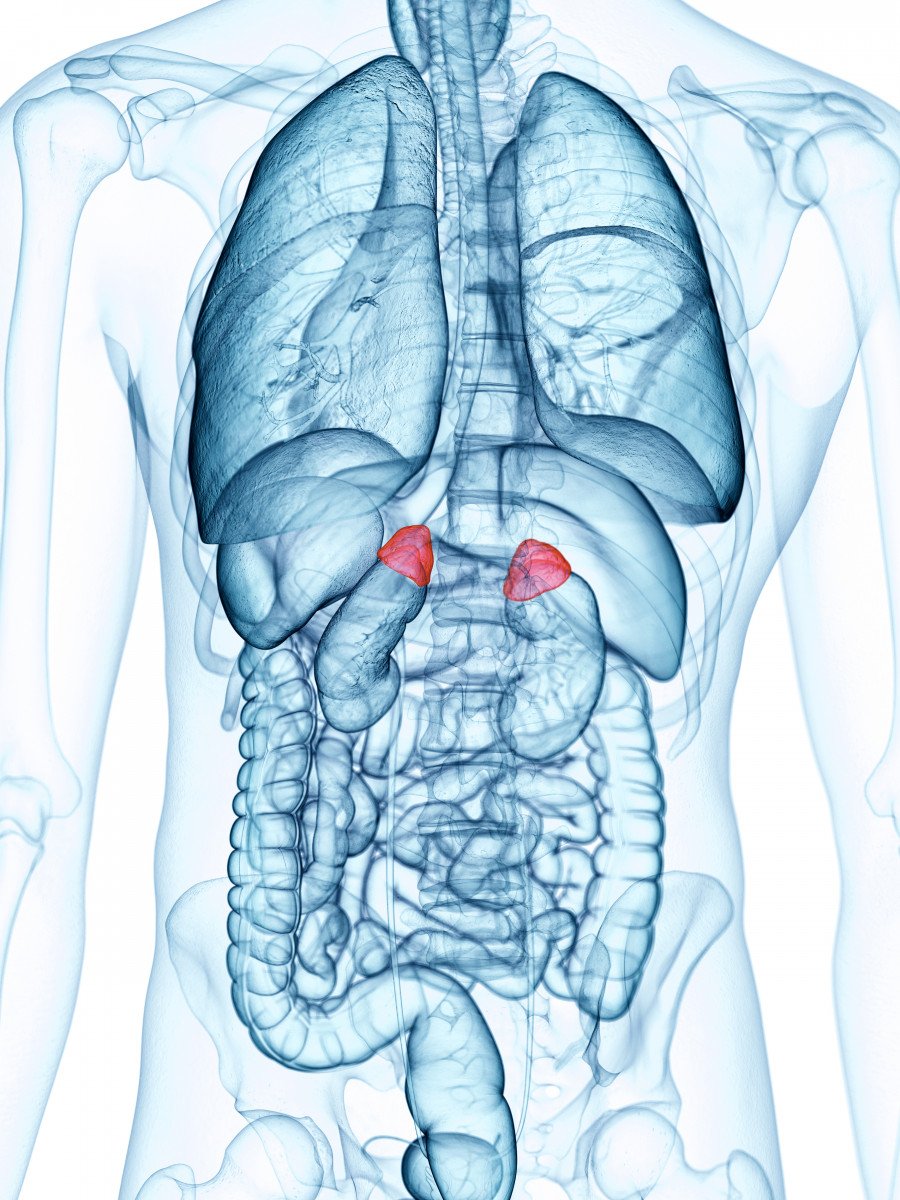Blood Sample from Tributary Adrenal Gland Veins May Help to Diagnose Subclinical Cushing’s Syndrome
Written by |

Researchers report a new technique for collecting blood samples from tiny veins of the adrenal glands, called super-selective adrenal venous sampling (ssAVS). The technique can be used to hep diagnose diseases marked by excessive release of adrenal hormones, such as subclinical Cushing’s syndrome (SCS) or primary aldesteronism (PA).
The study, titled “A Novel Method: Super-selective Adrenal Venous Sampling,” was published in JOVE, the Journal of Visualized Experiments. JOVE has also made a video that demonstrates the procedure.
The adrenal glands are a pair of glands found above the kidneys that produce a variety of hormones, including adrenaline and the steroids aldosterone and cortisol. Excessive production of cortisol in the adrenal glands is the cause SCS, and aldosterone of PA.
These glands have central veins running through them, and three tributary veins (veins that empty into a larger vein). Conventional AVS collects blood from the central veins, but these veins have blood from the adrenal glands as well as blood in wider circulation flowing through them.
ssAVS uses tiny catheters — very long, narrow tubes inserted into blood vessels, called microcatheters — to collect blood from the tributary veins in both adrenal glands. Only blood from the adrenal glands flows through the tributary veins, making analysis of hormone levels easier, and pinpointing the region, or segment, of the gland that is not working properly.
A medical imaging technique, known as angiography, is used to track the positions of the microcatheters. Angiography is a procedure widely used to visualize the inside of blood vessels and organs, and takes roughly 90 minutes.
The paper reported on the use of ssAVS in three patients with adrenal gland disorders, and one (case #2) was diagnosed with SCS and PA. “Overall, in Cases #1 and #2, the ssAVS method clearly indicated segmental adrenal hormone production, not only for aldosterone, but for cortisol, and enabled these patients to be treated by surgery,” the researchers reported.
Conventional AVS measures hormone levels in whole glands. It is useful for identifying which of the two glands is diseased, and the type of hormone that is overproduced. But sometimes both glands are affected, and only removal of the diseased parts in both glands is safe and effective.
That’s one of the reasons why ssAVS is so useful. By sampling the smaller, tributary veins in three different regions of each gland, the diseased parts can be identified. The diseased parts can then be removed from both glands, if medically advisable, leaving the healthy parts of the glands intact and functional.
ssAVS is also useful because it collects samples of blood coming directly from the adrenal glands, making analysis of hormone levels more reliable.
Researchers concluded that ssAVS is useful in both the diagnosis of adrenal gland disorders and for research that might lead to new therapies.
“Between October 2014 and September 2015, two angiographers … performed ssAVS on 125 cases … with a 100 % success rate and within a reasonable time (58 – 130 min) without adrenal rupture or thrombosis that required surgery,” they wrote. “The ssAVS method is not difficult for expert angiographers, and, thus, is recommended worldwide to treat PA cases for which cAVS does not represent a viable surgical treatment option.”





